2015-08-31
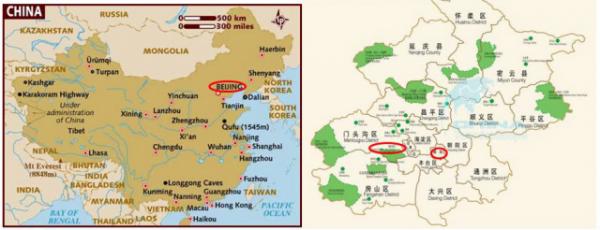
【Aiden in English】
Besides Beijing's fantastic sights, sounds, and tastes, the city also has a sense of history. When I visited the Tanzhe Temple, it would be helpful to learn some history. The Tanzhe Temple was established before Beijing was founded, which wasn't difficult to learn, as the park advertised. The old Buddhist temple had nearly everything repaired, reconstructed, remodeled, or repainted. As usual, flashing on cameras was strictly forbidden. The temple consisted of a series of small prayer areas dedicated to different gods. A common theme that consistently appears in the various cultures I visit is the intersection of religion and social class. It is always the gods at the very top. For the Chinese, however, the gods were split into two tiers. One was a Bodhisattva or a Goddess, the minor gods. They were ranked second on the food chain, uh… I mean social class. These gods could be combined into a Buddha, a god over an attribute, or simply the king of the food chain. Then the Goddess came, followed by the lowly humans. Below us were demons and ghosts, and finally came the members of the boiler room. The Tanzhe Temple was for the Goddess and God. Besides their rank, the difference was that God always had blue hair, meaning they were the best of the best (aka top-of-the-food chain). In addition, God had a symbol of Wanzi on his chest that meant auspiciousness. Nazi adopted and bent its four legs at 90°in black. Well, technically, the Nazisalteredd this symbol by changing the color from red (good) to black (evil) and flipping the sign vertically. "The curving alley passes through the profound, secluded place." The Tanzhe Temple featured altars where various gods and goddesses were worshipped, each with distinct attributes, allowing people to pray for their wishes in the Deveraja Hall, Mahavira Hall, and Vairochana Pavilion. For example, praying to the sun god for rain would be foolish unless you want the sun to disappear, which would be impolite. Unfortunately, I was walking in a downpour the day I agreed to the requests. The temple had many slippery stairs, and I hadn't had a medical issue in Beijing yet. The temple also included some of the kings of the supernatural. The Dragon King was one of them. In his honor, the face of the dragon was carved into a stone slate about 5 feet/1.5 meters in width and height. A slight water current flowed gently along the edge, and I picked up some mandarin melon berries I found on the ground and threw them in. Like that berry, my journey in Beijing ended with that statement. The berry didn’t reach the end of the dragon and was stopped by a slight incline. That’s where I am now. I’m nearly at the end, while the only remaining problem is a slight incline. I am flying home. 【红霞译】
在北京,除了看得养眼听得刺激吃得过瘾之外,还能感受到历史的呼吸,潭柘寺就是这样一个带我穿越时空的地方。
先有潭柘寺后有北京城,公园的宣传广告早已深入人心。目前,这个古老佛教庙宇正处于大规模整理修缮改造翻新阶段,但公园内部照旧严禁使用闪光灯照相。
其实,潭柘寺由一系列大大小小代表不同神祗的祭堂组成。综合本人以往旅游经验,所有社会背景的文化全都具有一个共同特点,宗教分三教九流不同阶层,神的地位最高。然而,中华民族又把神分成两个部分,其一为菩萨,属于小神,地位居次,法度小于佛陀。由此说来,佛祖地位最高,菩萨排名第二,接下来为卑微的人类,众生之下是妖魔鬼怪,最后才轮到地狱幽灵。潭柘寺专供佛陀和菩萨,两者除地位有别,佛陀的头发呈蓝色,表示级别最高,另外佛陀胸上刻有“万”字吉祥标志,而纳粹也采用了这一符号,将万字四条腿转了九十度,并涂成黑色,结果纳粹符号就由红(好)变黑(坏),角度也调得垂直起来。
“曲径通幽处,禅房花木深”。潭柘寺天王殿、大雄宝殿、毗卢阁内设有祭祀圣坛,佛陀和菩萨各就各位,前来敬拜弥勒、佛祖、观音的信徒们烧香叩头好不虔诚。在这里口是心非显得十分愚昧,譬如向太阳祈雨,除非你巴不得它从你眼前消失,可这样做未免有失常理。“天有不测风云,人有旦夕祸福”,想不到天公偏偏满口应允,结果一下子把我淋成了落汤鸡。寺院不少楼梯滑得要命,幸好截至到今天为止我在北京依旧安然无恙。神王祭坛是潭柘寺另一特色,龙王玉颜尊容被雕刻在一个五英尺/一米半正正方方的石碑上,涓涓雨水沿着四周慢慢流淌下来,我顺手从地上捡起一颗柘树果子扔了过去。 柘树果子离手瞬间,我出游北京之行随即拉下帷幕。柘树果子并未按预想的路线打中龙碑,而是落在前面的石座上,这恰好反映出本人目前的处境,我行期在即,只待坐上飞机踏上归家之路。
Today in History(历史上的今天): 2014: Labor Day Weekend Bowling(劳工节周末打保龄球) 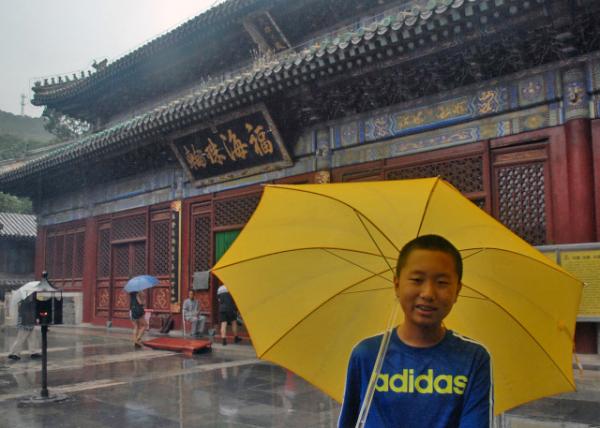
Mahavira Hall (大雄宝殿 08-31-2015) 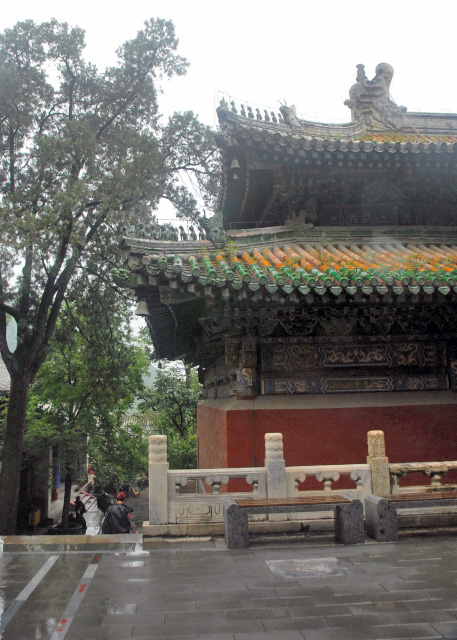
Mahavira Hall (大雄宝殿) 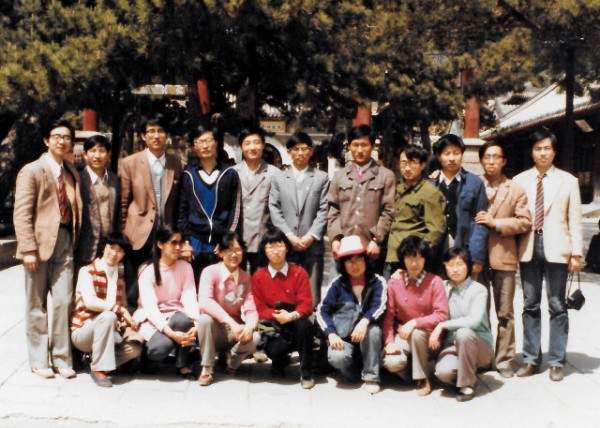
Pool and Cudrania Temple (潭柘寺 05-03-1986) 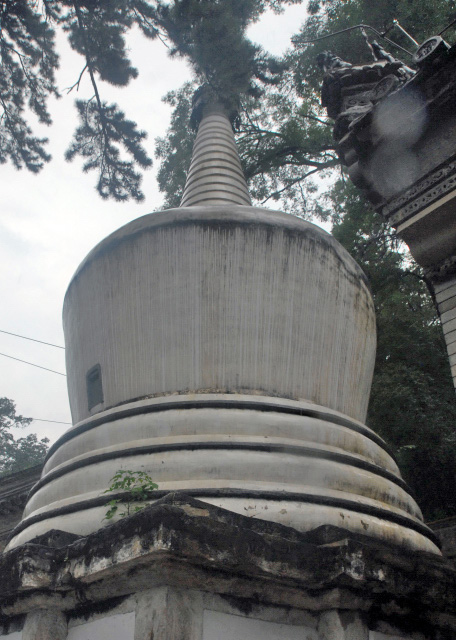
Incense Burner (香炉) 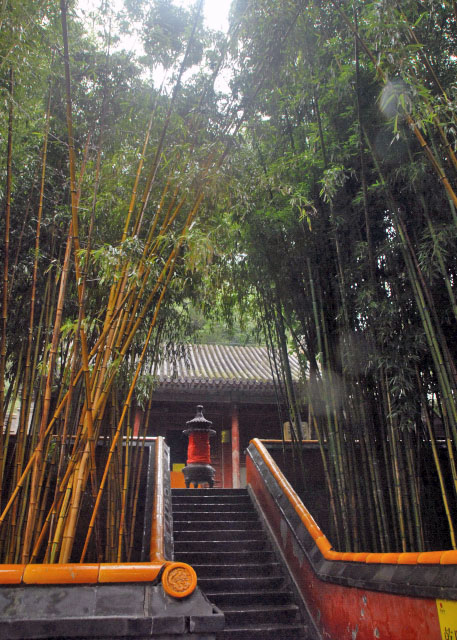
Longevity Hall (万寿宫) 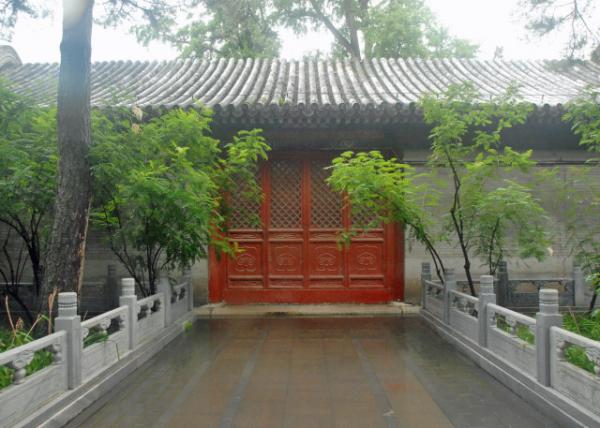
Hall of Abstinence (斋宫)
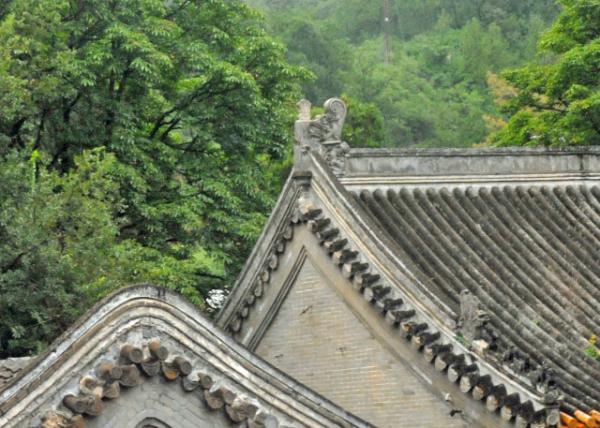
Vairochana Pavilion (毗卢阁) 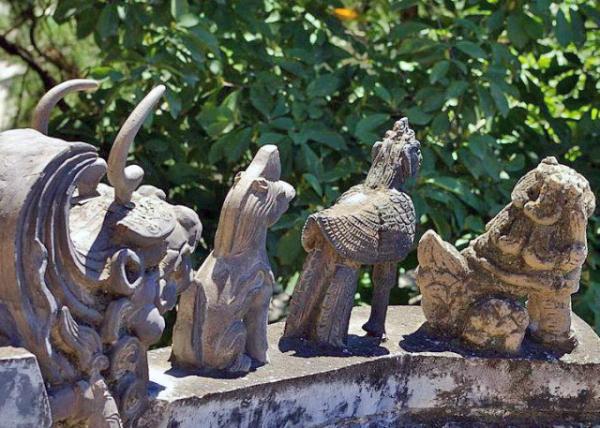
Legendary Animals Decorated on Roof Ridge (屋脊上装饰的传奇动物) 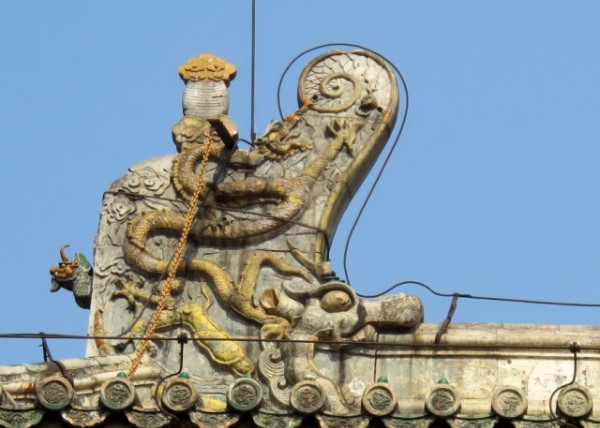
Glazed Owl Ornament (琉璃鸱吻) 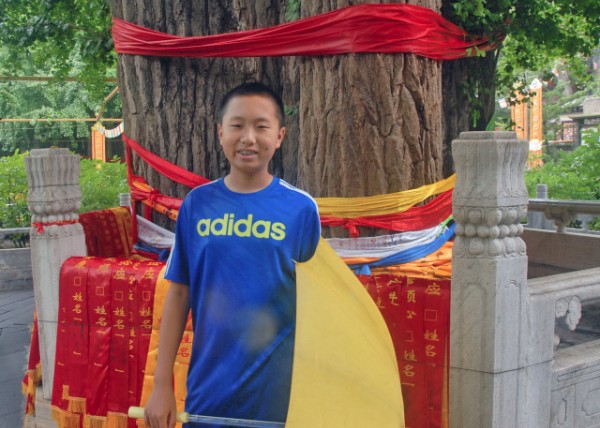
Emperor Sal Tree (娑罗树 08-31-2015) 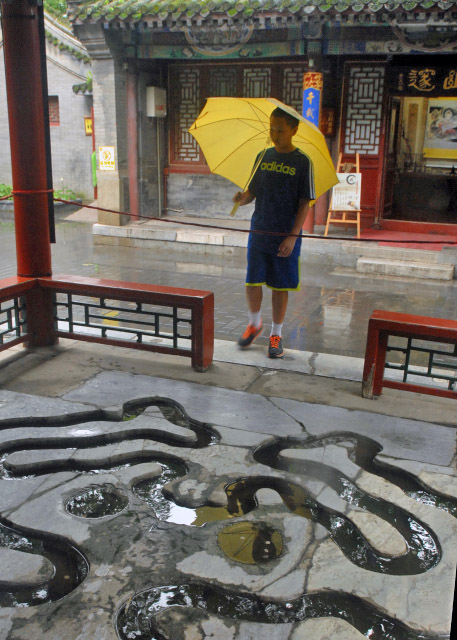
Pavilion of Floating Cups (浮杯亭 08-31-2015) 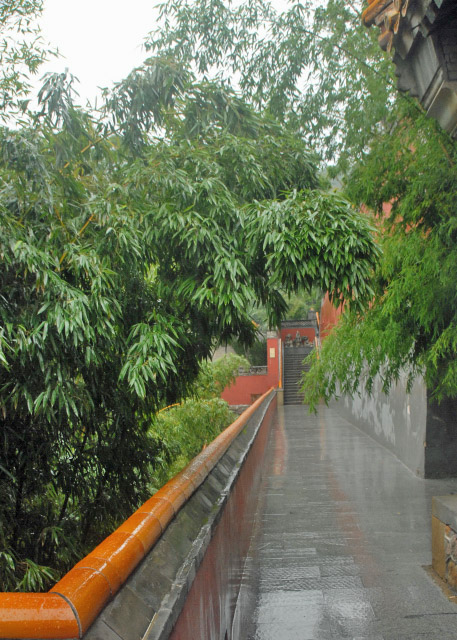
Walkway (通道) 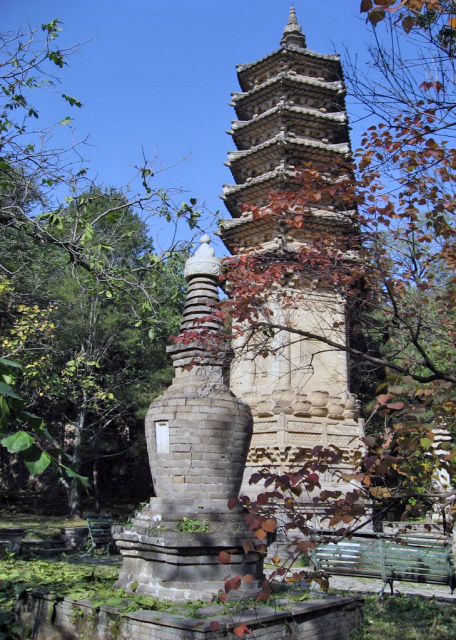
Pagoda Forest (塔林) 
Stone Fish (石鱼) 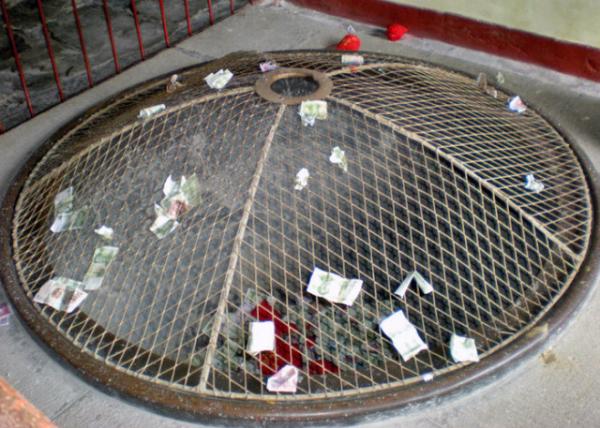
Treasure Pot (宝锅) 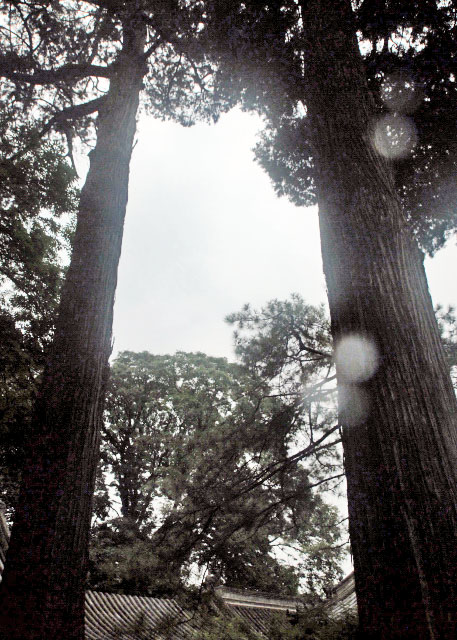
Maidenhair Trees (银杏树) Crosslinks(相关博文): China(出游中国) 6th Grade(初中一年级) |
